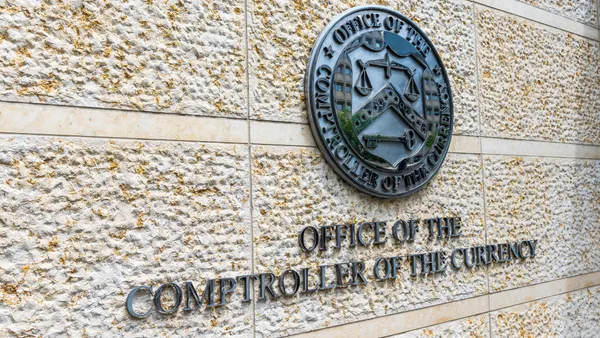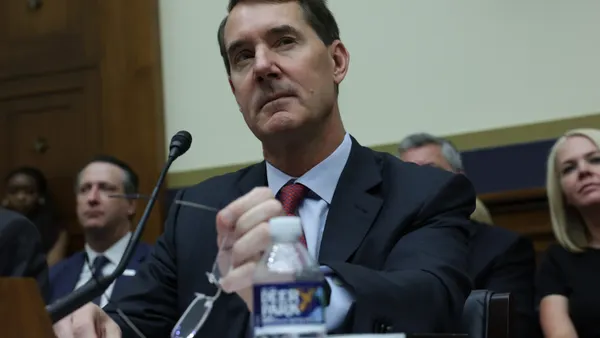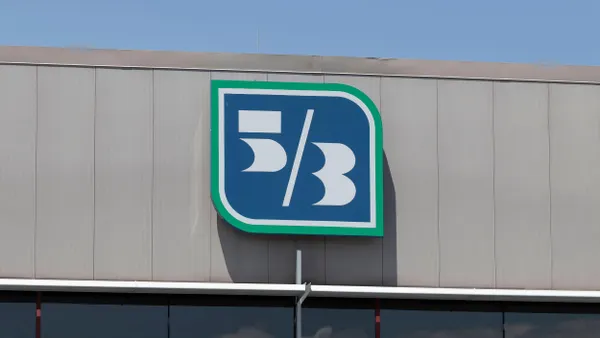LAS VEGAS – Banks shouldn’t shy away from new offerings such as stablecoins and cryptocurrency, U.S. Bank CEO Gunjan Kedia said Monday at the Money 20/20 conference.
“If it creates value for the clients, you should lean into it, and not try to defend an old product or an old business model,” the chief executive said during a fireside chat at the conference in Las Vegas.
Yet, the Minneapolis-based super-regional is serving five different generations of customers – some of whom are still using checks.
“So we also understand what we must stay grounded on – the core mission, which is to infuse capital into our communities to create opportunity,” Kedia said, “but not to be complacent.”
Kedia highlighted two significant shifts she sees changing the structure of financial services: a re-examination of the regulatory environment, especially recognizing new bank charters and digital currencies, and technology.
Those developments have put a spotlight on stablecoins, cryptocurrency and potential changes “in how money might move and who might move it,” she said.
With stablecoins in particular, “my view is that, in some form, this will be with us,” she said.
The passage of the Genius Act this year, creating a regulatory framework for stablecoin issuers, laid the foundation. Now, regulators have to draft the rules. And industry leaders and lawmakers are pushing for the Senate’s passage of the Clarity Act, which provides the market structure component for digital assets.
Considering stablecoin as an investment tool, U.S. Bank has products ready to go, Kedia said. The $695 billion-asset lender recently announced its first stablecoin custody mandate, providing custody services for reserves backing Anchorage Digital Bank’s payment stablecoins.
“We were one of the first ones to do cryptocurrency custody, because we know how to do that. The business model is quite clear,” she said. “The revenue model is obvious to us, and to the extent that that continues to take off, we know our role there.”
What’s murkier, however, is the payment stablecoin function, which prompts questions, Kedia noted.
“It's going back to the barter system, but just with new technology,” she said. “There's just a lot to be figured out in terms of what goes wrong in a barter system – when you have a dispute, when you have claims, when you have fraud, when you have a disagreement about the value of the transaction. And the financial system today takes care of all of that.”
“So we are watching to see how the market structure thinking will evolve, but it's a matter of how, not whether, in our minds,” Kedia said.
Banks would do well to spot the opportunity in change, rather than be afraid of it, she suggested.
“One thing that my experience has brought me is not to fear change, but to relish it, because it's times of disruption and discontinuity where winners and losers are created,” Kedia said. “If you're front-footed, you can come out on the other side with just distance between you and your competitors.”
At a conference bringing together banks and fintechs, Kedia also noted banks and fintechs have been “frenemies” for a long time. “The competition and the partnerships go hand in hand,” she said.
Lenders should be confident in what they bring to the table, but fintechs can challenge business models and often make the banking industry better, she said.
She pointed to the banks’ peer-to-peer payments network Zelle, which was launched after services such as Venmo and Cash App took off.
“We were prompted to get there by things that were happening around us,” Kedia said.
U.S. Bank is one of seven large lenders that own Zelle.













